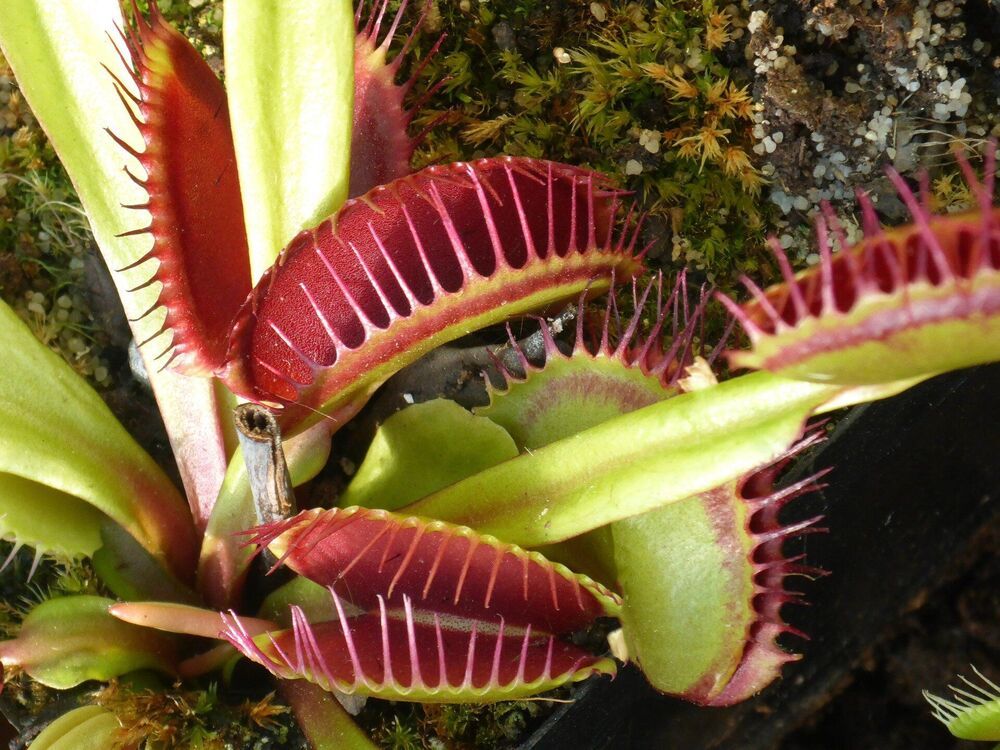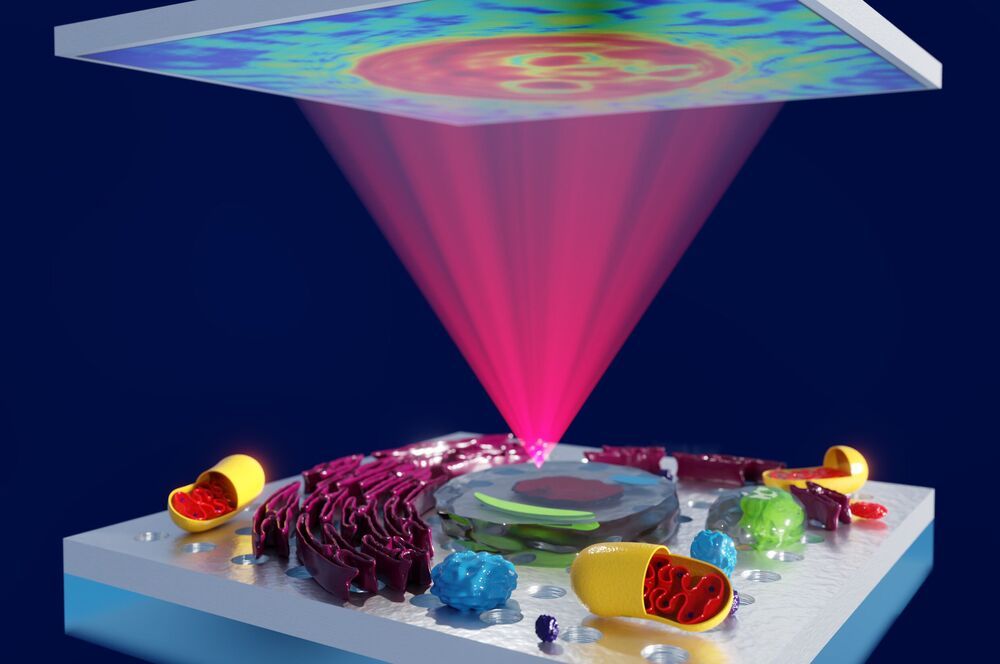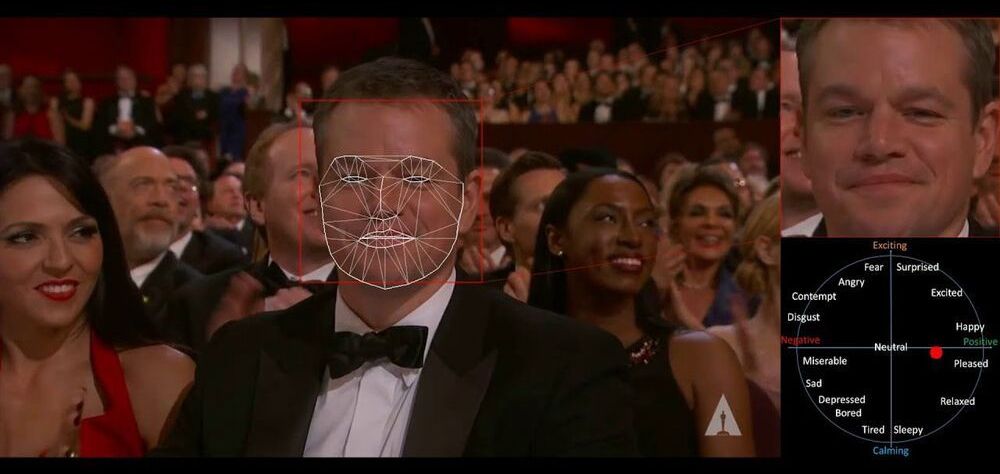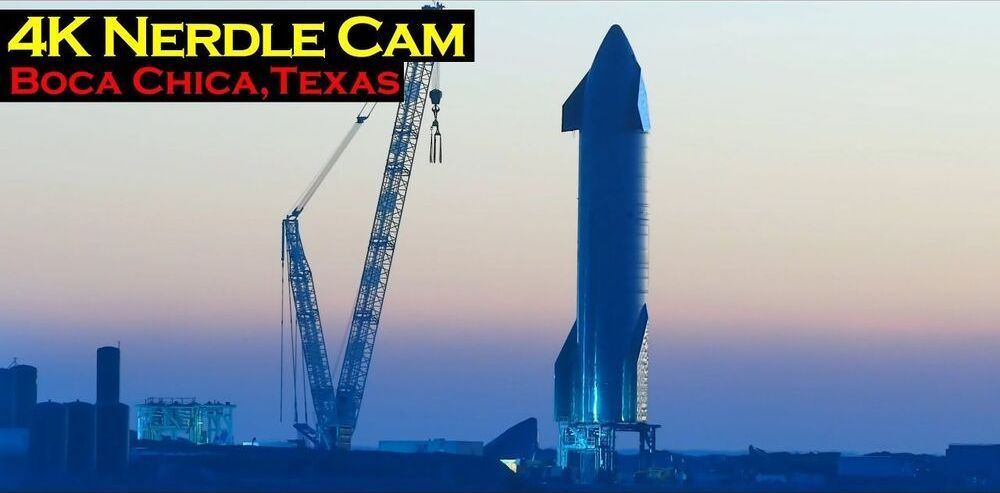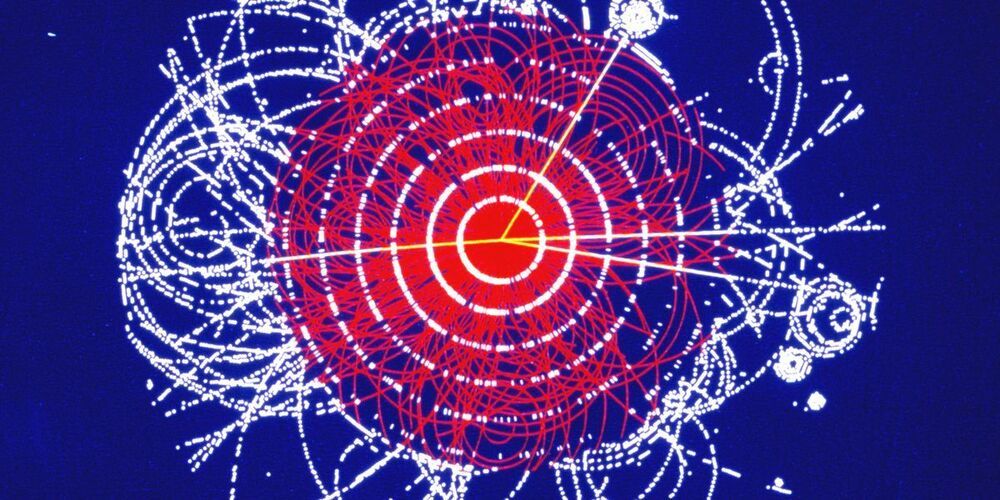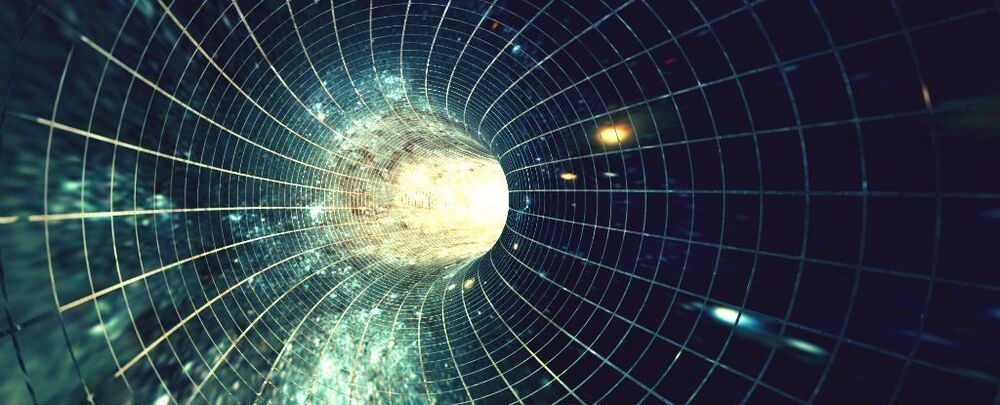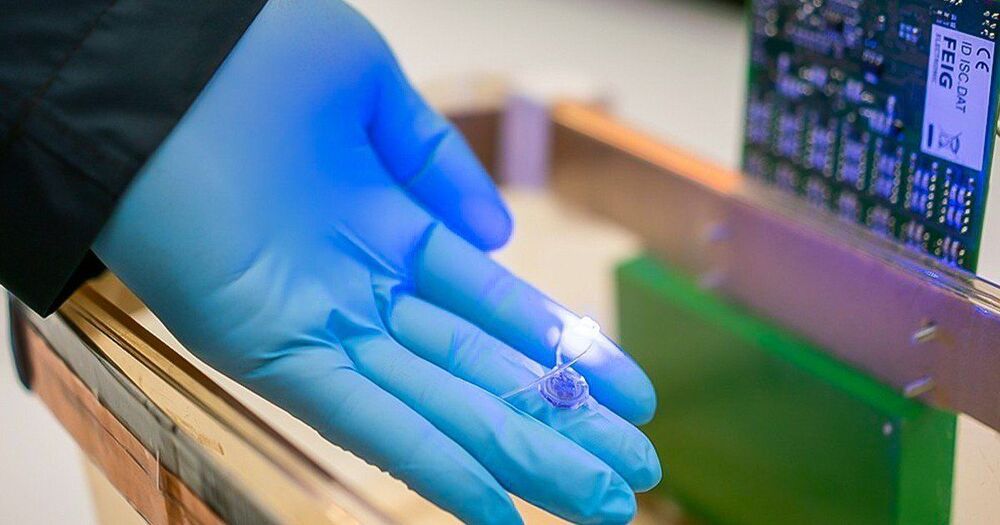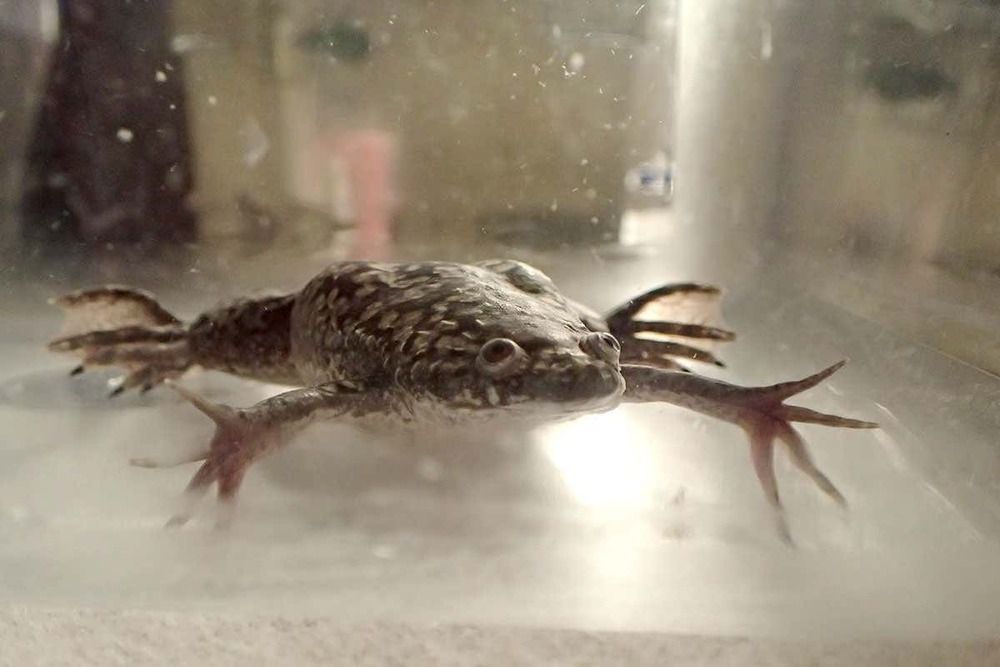Jan 26, 2021
Computer-assisted Venus flytrap captures objects on demand
Posted by Saúl Morales Rodriguéz in categories: robotics/AI, space
Exploring new approaches to improve the capabilities and accuracy of robots, a team of researchers in Singapore has turned to an unexpected source: plants.
Robots have been dispatched to move cars, lift weighty inventory in warehouses and assist in construction projects.
But what if you need to delicately lift a tiny object 1/50th of an inch?
